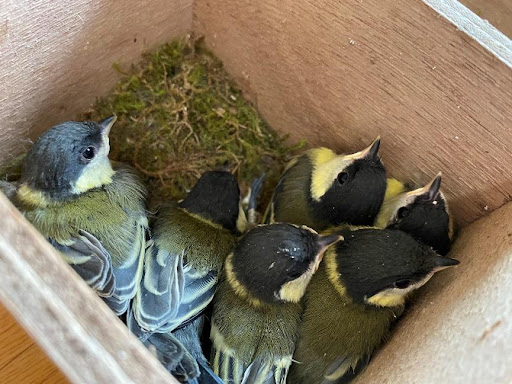Through a NWO-VENI grant, Barbara Tomotani uses the phenotypic differences of urban/rural biological clocks to test the prediction that the altered light cues experienced in cities select for distinct clock mechanisms. In collaboration with Marcel Visser and Kees van Oers (NIOO), the projects involves a large common garden experiment where great tit (Parus major) chicks originating from 6 cities and 9 forests across 5 different countries are hand-raised and phenotyped to test if variation in activity patterns and circadian clock properties are driven by environmental or genetic effects. The next steps will involve studying urban/rural great tit populations naturally exposed to extreme photoperiodic conditions in the arctic.

